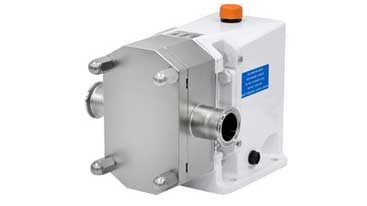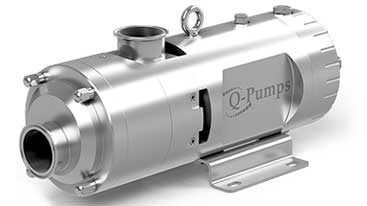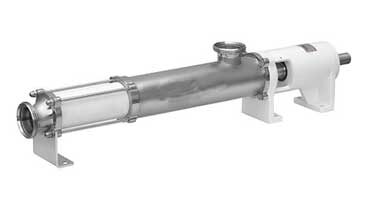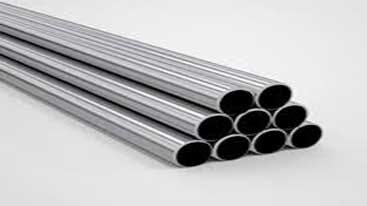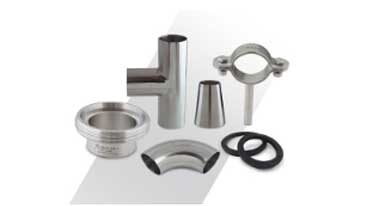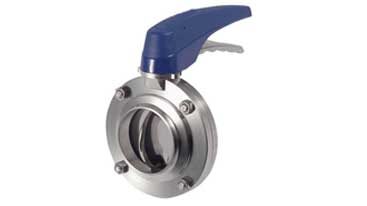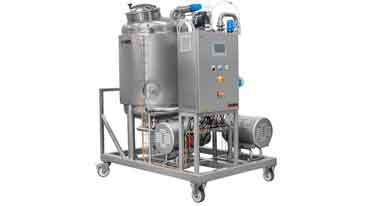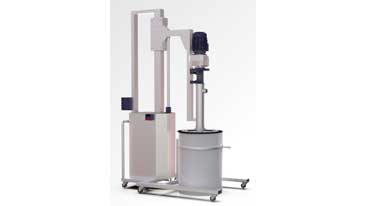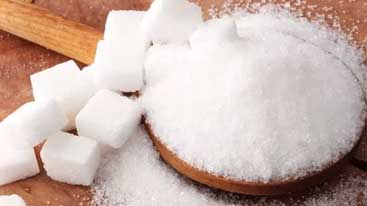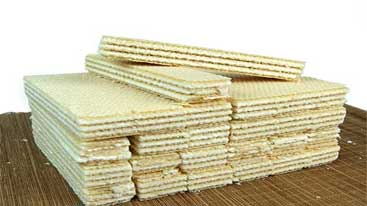Hazelnut Paste Production
Hazelnut Paste Process Procedures
With our positive displacement Mono, Lobe and Twin Screw pumps, we provide an ideal transfer for products with high viscosity such as the Hazelnut Paste Production, without tiring the product and without disturbing its structure. Our heating jacket and packing washing options; It ensures that the pump runs smoothly in stop and start.
Mustard Transfer Pumps
Stainless Steel Connection Equipment
What is Hazelnut Paste?
Hazelnut Paste is a by-product of hazelnut processing. Paste is formed by the combination of fine shells, bran, or pulp particles that are formed during roasting, grinding, or other processing of the shelled hazelnut. This product is generally used as a high-nutrient animal feed or in other industrial applications. Since it is a by-product of hazelnut processing, it is low-cost and valuable in terms of waste management.
Hazelnut Paste Process
The hazelnut paste process is the process of separating and properly transferring the paste during hazelnut processing. This process usually consists of several steps:
- Preparation and Processing of Hazelnuts:
- The hazelnut is separated from its shell and the inner part is obtained.
- The inner hazelnut is roasted and ground. During this process, the hazelnut shell and other fine particles are formed.
- Gathering of the Furen:
- The pulp that is produced during processing is collected and separated with appropriate equipment.
- This process allows the pulp to be processed later.
- Transfer and Storage of Hazelnut Paste:
- The collected hazelnut paste is transported to storage areas or places where it is used with appropriate transfer pumps.
- In this process, pumps that will preserve the fluid structure of the paste are used.
Hazelnut Paste Transfer Pumps
Hazelnut paste is usually a dense and sometimes sticky material. Therefore, special pumps must be used to transfer the paste. Here are some types of pumps used in this process:
1. Lobe Pump
Lobe Pumps are positive displacement pump types with two or more rotating lobes. They are suitable for transferring viscous and particulate fluids such as hazelnut paste.
- Working Principle: The lobes do not touch each other as they rotate within the pump casing and periodically capture the fluid and push it towards the pump outlet.
- Advantages:
- Suitable for viscous fluids.
- Complies with high hygiene standards.
- Applies low shear forces, which is an advantage for sensitive materials.
- Usage areas: It is widely used in the food and beverage industry. It is effective in the transfer of food by-products such as hazelnut paste.
2. Twin Screw Pump:
Twin Screw Pumps have a double screw structure and are positive displacement pumps that transport the fluid between two screws.
- Working Principle: The two screw mechanisms rotate without touching each other and transport the fluid between the screws.
- Advantages:
- Suitable for both low and high viscosity fluids.
- Can operate at high pressure.
- Hygienic and CIP (Cleaning in Place) compatible.
- Usage areas: It is used in the food, cosmetics and chemical industries. It is effective in the transfer of particulate and dense materials such as hazelnut paste.
3. Monopump:
A monopump, also known as a single screw pump, is a positive displacement pump in which a single rotor rotates within a stator.
- Working Principle: The rotor rotates within the stator and carries the fluid with it.
- Advantages:
- It can transfer high viscosity fluids.
- It applies low shear forces.
- It preserves the structure of the fluid.
- Usage areas: It is common in the transportation of mud, paste and viscous liquids. It is used in the transfer of viscous and particulate materials such as hazelnut paste.
Hazelnut paste is an important by-product of hazelnut processing and must be transferred appropriately. In this process, special pumps such as Lobe Pump, Twin Screw Pump and Monopump are used to effectively transport the paste. These pumps are suitable for the characteristics of hazelnut paste and provide an efficient transfer and storage process.
